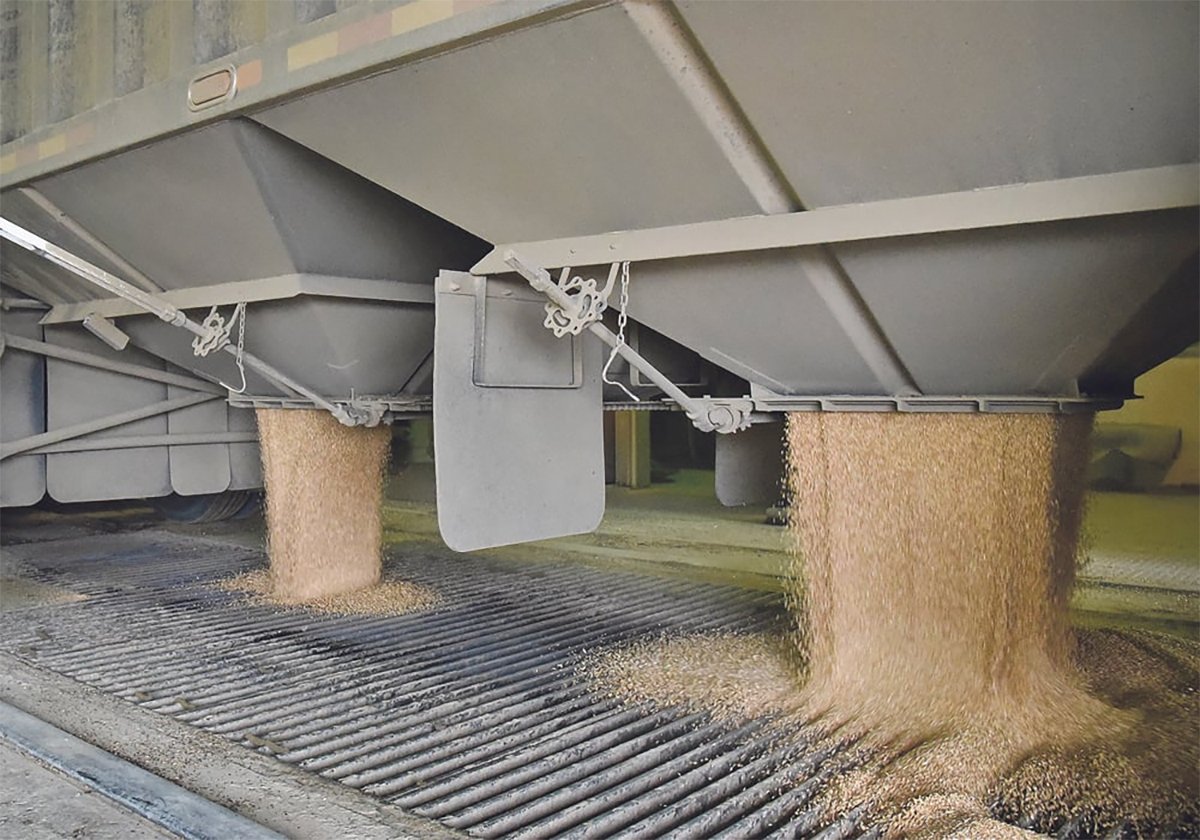January’s almost done and it’s been a month of flatness in the crop futures markets.
Soybeans came in about $9.80 and are going out near that level. Corn’s down a bit, from $4.10 to $3.80, but that’s a lot more stable than the huge fall from last summer or the big rebound in December. Canola had a good ride in early to mid January, but has been sliding back down close to where it started the month, near $400-$410 per tonne. Oats has been flatlining with almost incredible stability.
After December’s rise-from-the-dead, January is hard to judge. Is this a breather, a continuation structure before the next leg up in a more sustained rally? Is this a rounded top before the markets fall during the weakness that’s typical in some markets – especially the oilseeds – as South American weather concerns fade into their harvest?
Read Also

Worrisome drop in grain prices
Prices had been softening for most of the previous month, but heading into the Labour Day long weekend, the price drops were startling.
In the equity markets January is seen as a key indicator for the year in January. Generally, if January’s market rises, then the rest of the year also sees a stock market advance. If the stock market falls in January, then the rest of the year tends to be bad. (2003 was a major exception to this rule.) However, as an analyst just pointed out on Bloomberg TV while I was enjoying some delightful lemon poppyseed cake and sipping a morning cup of tea, January’s predictive effect in equities appears to apply when January is trending clearly, but this year, while the S and P is down about six percent in Jan, it has been anything but trendful. One day it’s up three percent, next day it’s down three percent. In a volatile market like today’s, perhaps January doesn’t mean much at all to the greater year in equities.
But in commodities this is a crucial time of year, the time when farmers are sent all the market signals about what to plant their flex acres with. There are only a couple of months left before North American farmers plant their next crop, so if the commodity markets want to begin offering nice new crop futures prices and a reason to invest a lot of money into inputs this spring, now is the time. A leg up will send a pretty powerful signal. So will a leg down. Come on February: give us something to believe in.















